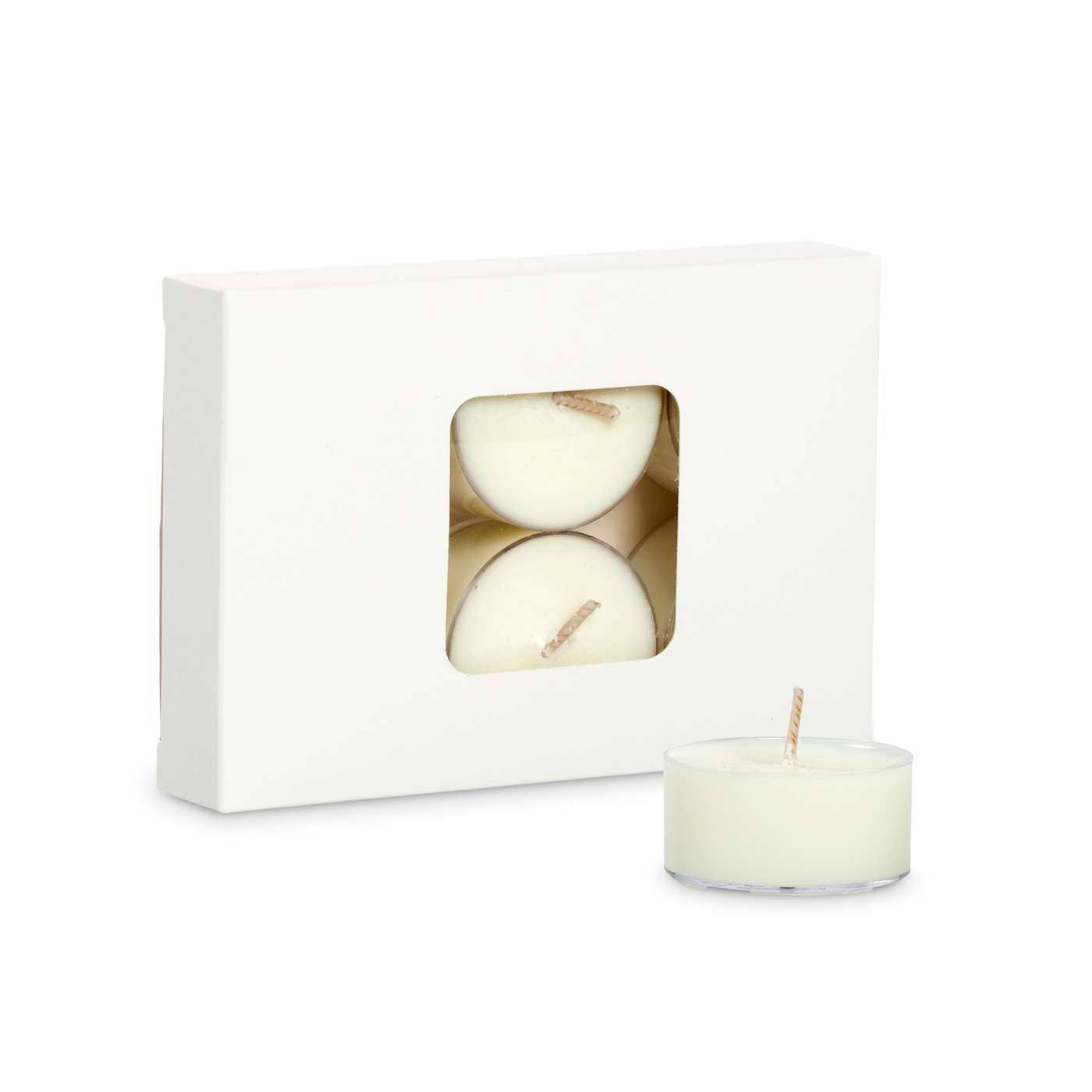From Wick to Wax: Comprehending the Chemistry Behind Soy Wax Candles and Their Ecological Impact
As we brighten our areas with the cozy glow of candles, there exists a realm of complex chemistry behind the seemingly straightforward act of lighting a soy wax candle light. The choice in between soy and paraffin wax expands beyond plain aesthetics, diving into the world of ecological effect and the very make-up of the products. Understanding the molecular structure of soy wax and its combustion process sheds light on the discharges launched into our environments. Join us as we decipher the clinical complexities behind soy wax candle lights and explore their ramifications on our setting.
Soy Wax Vs. Paraffin Wax
When comparing soy wax and paraffin wax for candle making, it is necessary to recognize the distinct qualities and benefits of each product. Soy wax is a natural, renewable energy derived from soybean oil, making it biodegradable and environmentally friendly - soy wax candles. On the other hand, paraffin wax is a by-product of petroleum refining, which raises concerns regarding its environmental impact and sustainability
Soy wax candle lights shed cleaner and release much less soot contrasted to paraffin wax candles, making them a much healthier option for interior air top quality. In addition, soy wax has a reduced melting factor, enabling a longer-lasting candle that disperses scent more properly. Paraffin wax, on the various other hand, has a tendency to shed faster and less cleanly, possibly launching hazardous chemicals into the air.
From a sustainability viewpoint, soy wax is preferred for its biodegradability and eco-friendly sourcing, lining up with the expanding consumer preference for environmentally aware products. While paraffin wax has actually been a conventional selection in candle light making because of its affordability and simplicity of use, the shift towards environment-friendly options like soy wax is acquiring momentum in the market.
Chemical Structure of Soy Wax

Burning Process in Soy Candles
The chemical composition of soy wax straight influences the burning procedure in soy candle lights, impacting elements such as melt time, fragrance launch, and ecological influence. When a soy candle is lit, look at this website the heat from the fire thaws the wax near the wick. This fluid wax is after that prepared the wick because of capillary activity. As the fluid wax reaches the flame, it vaporizes and undergoes combustion. The combustion procedure entails the vaporized hydrocarbons in the wax responding with oxygen in the air to produce warm, light, water vapor, and co2.
The burning efficiency of soy candles is influenced by the purity of the soy wax and the top quality of the wick. Furthermore, soy wax candles have a reduced environmental effect contrasted to paraffin candles due to their biodegradable and sustainable nature.

Environmental Advantages of Soy Wax

Thought about a sustainable alternative to traditional paraffin wax, soy wax provides notable ecological advantages that make it a popular option among eco-conscious customers. Soy wax burns cleaner and produces much less residue than paraffin wax, contributing to far better interior air quality and decreasing the need for cleaning and upkeep. In general, the environmental advantages of soy wax straighten with the expanding demand for sustainable and environment-friendly products in the market.
Recycling and Disposal Considerations
Reusing and appropriate disposal of soy wax candle lights play a critical role in maintaining ecological sustainability and minimizing click here now waste in communities and homes. When it comes to recycling soy wax candles, the very first step is to guarantee that the candle has actually burned totally.

In terms of disposal, if recycling is not an option, soy wax candle lights are eco-friendly and can be securely disposed of in the majority of home waste systems. It is always advised to check with local recycling facilities or waste management solutions for specific guidelines on candle disposal to guarantee appropriate handling and environmental security.
Final Thought
Finally, the chemistry behind soy wax candles discloses their ecological advantages over paraffin wax candles. Soy wax, stemmed from soybean oil, burns cleaner and produces less soot when compared to paraffin wax. The combustion procedure in soy candles is extra efficient, resulting in a longer and a lot more also melt. In addition, soy wax is renewable and eco-friendly, making it an extra sustainable selection for candle light manufacturing. Reusing and correct disposal of soy wax candles further add to their environmental influence.
When comparing soy wax and paraffin wax for candle light making, it is important to comprehend the distinctive qualities and advantages of each product (home fragrance).Soy wax candles melt cleaner and send out less soot compared to paraffin wax candle lights, making them a healthier selection for indoor air top quality.Considered a lasting option to traditional paraffin wax, soy wax uses noteworthy ecological advantages that make it a popular option among eco-conscious customers. Soy wax burns cleaner and creates less soot than paraffin wax, adding to much better indoor air high quality and reducing the requirement for cleansing and upkeep.In final thought, the chemistry behind soy wax candle lights exposes their environmental advantages over paraffin wax discover this candles